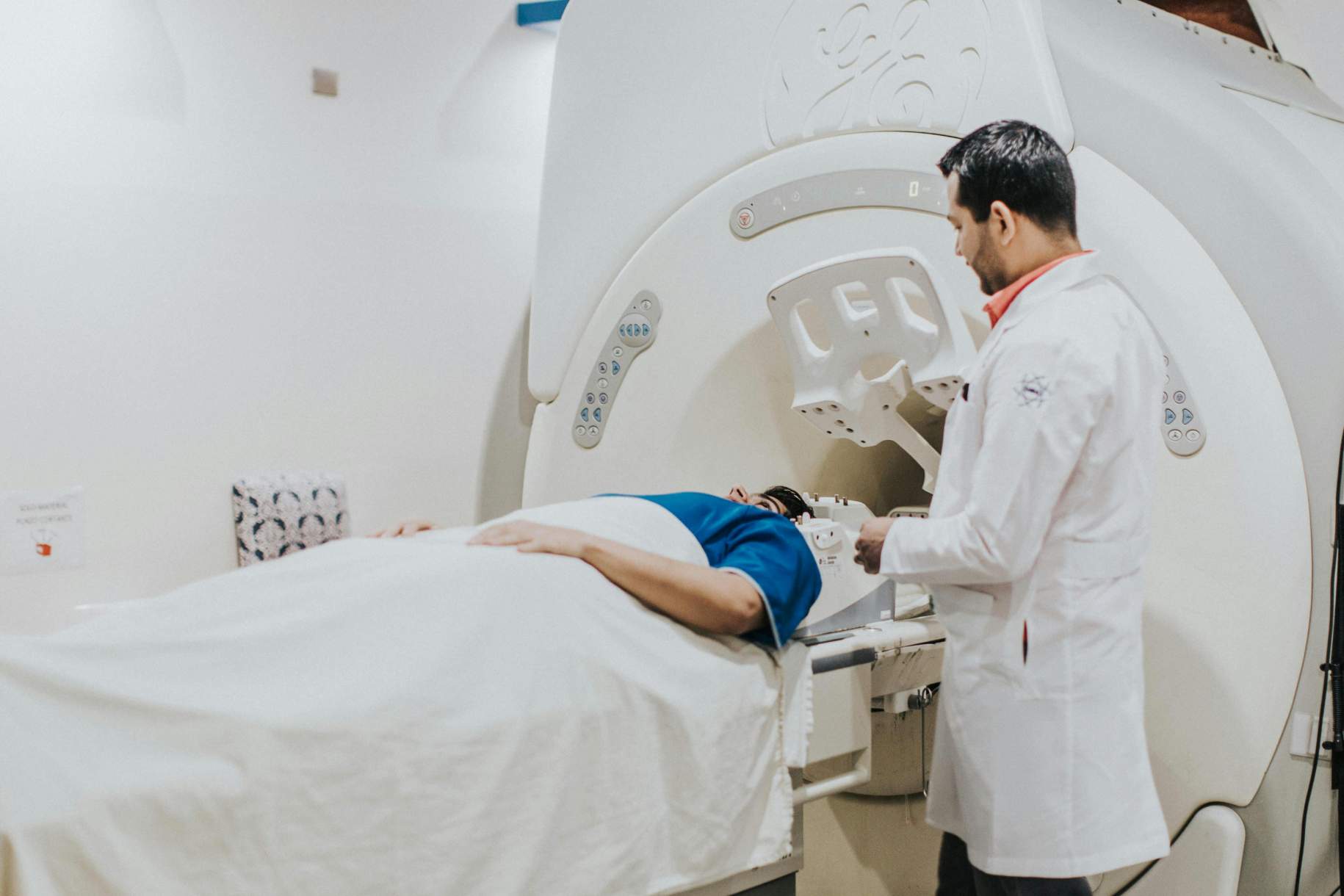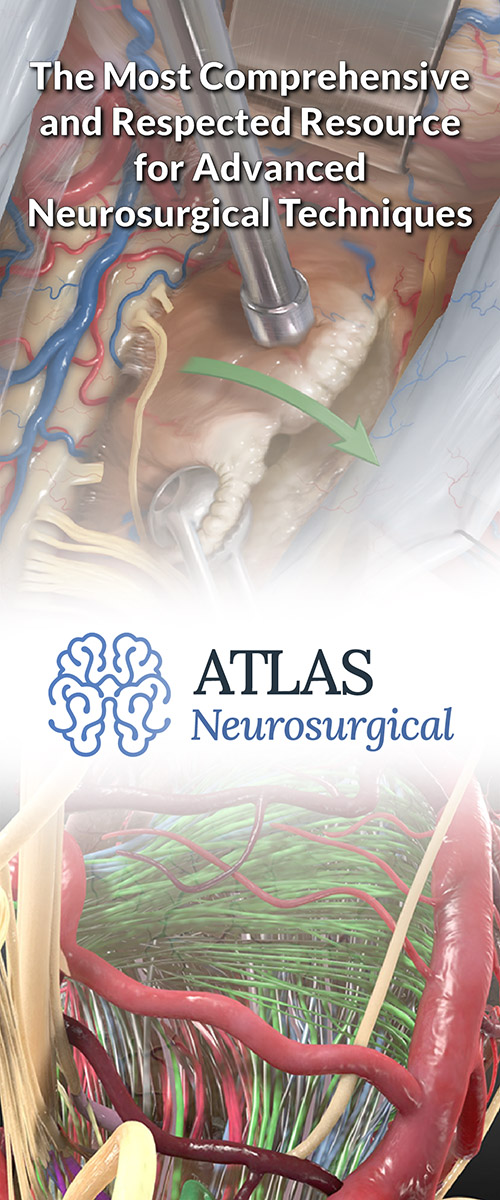Diagnosing Spinal Cord Tumors

Spinal cord tumors are diagnosed by using a combination of medical history review, physical examination, imaging tests, and tissue biopsy. Although this process sounds straightforward, a spinal cord tumor can be difficult to diagnose because its symptoms can be subtle or nonspecific. Back pain is a common spinal cord tumor symptom, but it is far more likely to have another cause.
Spinal cord tumors can mimic other diseases of the spine and nervous system and require an experienced clinician to diagnose them. Early detection is important so that appropriate treatment can be started to minimize such a tumor’s significant effect on quality of life.
Part of what makes these tumors difficult to diagnose is that there are many different types of them. In addition, a spinal cord tumor can develop in several locations. Sometimes, a tumor can grow outside of the spinal cord, but it can still affect the structure and function of surrounding nerves.
This article details the process of diagnosing a spinal cord tumor. Becoming familiar with how the diagnosis is made and the importance of each step can help alleviate some anxiety and frustration during this process.
What Are the Symptoms of a Spinal Cord Tumor?
As with any medical condition, the first time that many patients become aware of a spinal cord tumor's presence is when they begin experiencing symptoms. Tumors can place pressure on the spinal cord, the nerves that extend from the spinal cord (peripheral nerves or nerve roots), and the vertebrae, causing several different symptoms.
The most common symptom of a spinal cord tumor is back pain. The pain is sometimes localized to the area of the tumor, but it can also radiate to other parts of the back. In some cases, nerve pain can travel to other areas, such as the shoulders, hips, or legs.
Back pain from a spinal cord tumor can be confused for muscular back pain associated with normal wear and tear on your body. However, there are subtle differences between common back pain and back pain caused by a spinal tumor.
Back pain from a tumor tends to be more persistent. It might feel dull, or it can feel sharp like a sudden shock if the tumor presses on nerves within the spine. In addition, pain from a tumor can worsen at night. This increased pain could result from a combination of factors, such as pressure on the back from lying down, an absence of distractions, which can heighten your awareness of pain, or persistent inflammation caused by the tumor.
The symptoms of a spinal cord tumor can vary depending on its location. However, general symptoms include the following.
- Stiffness and pain in the neck or back
- Loss of sensation or reduced sensitivity to stimulus in the arms and legs
- Muscle weakness or paralysis
- Bladder and/or bowel dysfunction
- Difficulty walking
Detecting a spinal cord tumor can be challenging, because relying solely on symptoms might not provide a definitive diagnosis. However, maintaining regular appointments with your primary care physician can expedite the identification of potential subtle symptoms associated with a spinal cord tumor. As a consequence, your physician can conduct diagnostic tests and facilitate referrals to specialists for further evaluation and treatment.
How Are Spinal Cord Tumors Diagnosed?
A comprehensive medical history review is critical for accurately diagnosing neurologic conditions, including spinal tumors. This review typically involves obtaining information from the following categories, which help the physician create a list of possible diagnoses (known as the differential diagnosis).
- History of present illness: the start of your symptoms, motions or medications that make them better or worse, inciting events, and any past history of similar symptoms
- Medical history: existing medical conditions, medications, and/or allergies
- Surgical history: past surgeries, especially any surgery on the spine or nervous system
- Family history: genetic diseases or medical conditions that run in your family, such as cancer
- Social history: your occupation, smoking history, history of alcohol and/or drug use, and diet (which can help identify risk factors for certain diseases and make them more likely in certain patients)
The physician then will perform a thorough physical evaluation, testing things such as your vision, muscle strength, sensation, coordination, balance, and reflexes. The physical examination can help localize your symptoms to a particular area of the nervous system. The initial physical examination also serves as a baseline for later comparison.
After the physical examination, your doctor may recommend one, or several, of the following diagnostic tests.
Why should you have your surgery with Dr. Cohen?
Dr. Cohen
- 7,000+ specialized surgeries performed by your chosen surgeon
- More personalized care
- Extensive experience = higher success rate and quicker recovery times
Major Health Centers
- No control over choosing the surgeon caring for you
- One-size-fits-all care
- Less specialization
For more reasons, please click here.
Magnetic Resonance Imaging
Magnetic resonance imaging (MRI) uses magnets and radio waves to create images of the spine, spinal cord, and nerves. This method produces some of the most detailed pictures of any imaging test, which makes it the best choice for detecting a brain or spinal cord tumor. MRI can help determine the specific location of the tumor, such as within (intradural) or outside (extradural) of the membrane that covers the spinal cord.
In addition, technicians can enhance the MRI by injecting a contrast agent to highlight certain tissues, such as tumors. Not every patient can undergo MRI. Although most implantable devices today are MRI compatible, patients with certain older devices or a foreign body that contains certain metals are not eligible for MRI.
Computed Tomography
Computed tomography (CT) imaging essentially produces a series of cross-sectional x-rays that are put together in sequence to enable visualization of bony structures and certain tissues within the body. CT imaging is faster and cheaper than MRI but exposes patients to radiation.
CT scans are great tools for identifying pathological fractures, structural instability, and the presence of a space-occupying mass. CT imaging is often used along with MRI. As with MRI, an injected contrast can be used to help certain tissues stand out in the resulting pictures.
Cerebrospinal Fluid Analysis
Cerebrospinal fluid (CSF) is a colorless watery fluid that cushions your central nervous system and assists in the transportation of nutrients and the removal of wastes. Analyzing this fluid can identify inflammation and other markers of tumor cells or other neurologic disease.
CSF is most commonly sampled by using a procedure known as lumbar puncture. Also referred to as a spinal tap, this procedure involves inserting a sterile needle through the back and into the fluid-filled cavity below the end of the spinal cord. Local anesthetic and pain medication can be used to make the procedure less painful.
Tumor Biopsy
Biopsy involves surgically removing some of the tumor tissue and observing its cells under a microscope. If a mass is identified with imaging, a biopsy might be recommended. A mass within the spinal cord could be a cyst (collection of fluid), an abscess (localized infection), or a tumor.
Specimens collected during biopsy can help determine the type of tumor and provide information to guide treatment. The procedure can be performed independently or as part of surgery to remove the tumor altogether.
Blood work is not typically used to diagnose a spinal tumor, but it can be used to assess your general health and to serve as a baseline before treatment.
What is the Next Step?
After diagnosing a spinal tumor, your care team can determine which treatment, if any, is recommended in your case. Treatment for a spinal cord tumor can include radiation, chemotherapy, surgery, and/or medical management with observation. Although many treatments are available, not every treatment is right for every patient.
Key Takeaways
- Spinal cord tumors can mimic many other diseases; most patients learn about a spinal cord tumor only when they experience symptoms
- Medical history review and physical examination are critical for diagnosing a spinal cord tumor
- Imaging tests can confirm the presence of a mass near or within the spine, which can be characterized further with a biopsy before or after removal of the tumor
- Once you have a proper diagnosis, your doctor and a team of specialists will work with you to create a treatment plan that is right for you


